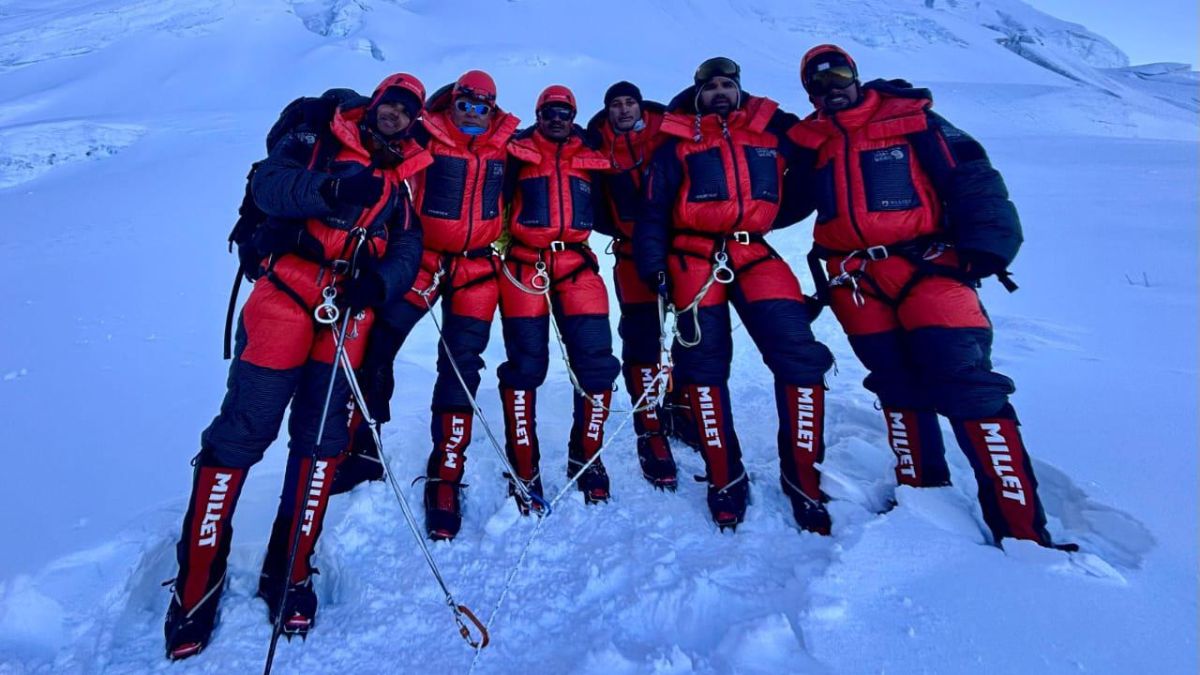A joint team of Indian and Nepali soldiers successfully scaled Mount Kanchenjunga, the world’s third-highest peak, on Monday (May 19) in a mission that military leaders hailed as a symbol of enduring bilateral ties and cooperation between the neighbouring countries.
The nine-member expedition was led by Colonel Sarfraz Singh of the Indian Army and Captain Prashant Khanka of the Nepali Army.
The Indian contingent included four other soldiers besides Col Singh, while the Nepali side comprised three soldiers in addition to Capt Khanka.

The expedition followed months of joint training, including sessions at the High-Altitude Warfare School in Gulmarg and acclimatisation drills in the Sikkim Himalaya.
The team climbed via the South-West Ridge, one of the standard routes to the summit of Kanchenjunga, which lies on the border between Nepal and the Indian state of Sikkim.
The team faced harsh conditions during the final ascent from Camp IV, located at approximately 7,700 meters, navigating sub-zero temperatures and gale-force winds. They reached the 8,586-meter (28,169-foot) summit at 7:40 am on May 19, officials said.
The climbers unfurled the national flags of both India and Nepal at the summit before beginning their descent. No injuries were reported, and the team is expected to reach Base Camp by May 22.
This joint achievement points to the professional excellence, endurance, and interoperability of both armies, but it also reinforces decades of mutual trust that characterise India–Nepal defence cooperation.
The mission’s success follows rigorous joint training at the High-Altitude Warfare School, Gulmarg, and pre-expedition acclimatisation in the Sikkim Himalaya.
Military officials from both India and Nepal hailed the summit as a key milestone. They also said the success would boost collaboration in adventure sports, disaster preparedness and broader people-to-people ties.
The team’s feat is also a mark of bilateral defence cooperation between the two countries and shows the professionalism, endurance and interoperability displayed by the climbers.